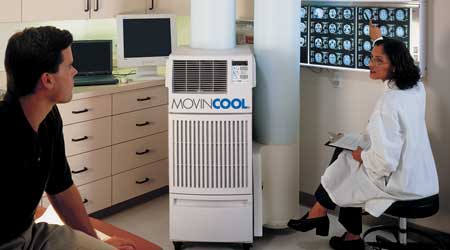Rental Equipment: Planning for Successful Installation
Whether the equipment provides cooling, heating or power, building an effective plan is essential for success
Whether the job occurs during a routine scheduled shutdown or after an emergency, managers can plan much of the work. The only unknown might be when an emergency will occur. Even natural disasters like hurricanes give some advanced warning, which can be beneficially used for planning.
A maintenance planner with detailed knowledge of rental equipment and the maintenance project for which the equipment is being rented can save a great deal of project time and cost by visualizing in detail each step, as well as potential roadblocks that could occur.
With this information, managers can develop a project plan that includes these elements:
• a work plan showing steps, labor hours, skills, and crew size
• a material plan showing item number, description, size, quantity, location or purchase requisition number
• a tools and equipment plan showing all special tools and equipment, such as scaffolds, aerial lifts, and welding equipment to be staged ahead at the job site
• the location of power sources
• safety plan addressing permits needed, confined spaces, fall protection, fire control, area and personal protective equipment required, and safety data sheets to be reviewed in advance by the crew.
This detailed pre-planning — as well as close supervision on site to anticipate the next step and move resources into place at the most advantageous time — can significantly improve control of the project, quality, and time and cost to accomplish it. Based on actual comparison to unplanned projects, planned jobs can be done in one-third of the time it takes to do an unplanned job, which tend to experience delays and time wasted waiting for resources to be brought to or moved in the job site.
To streamline the management of rental equipment, managers might consider using a vendor-supplied smartphone or tablet’s digital dashboard app. This app tracks reservations by equipment type, location and when equipment is ready for pickup or drop-off. It enables managers to extend rental time, schedule deliveries and pickups, view all job sites at once, and monitor diagnostics, fuel efficiency, and costs.
The app also enables managers to plan for future projects and reorder equipment used on previous projects, and it manages financial information, such as due dates, invoicing, and payment to prevent late charges, as well as estimating future project costs.
Related Topics:













